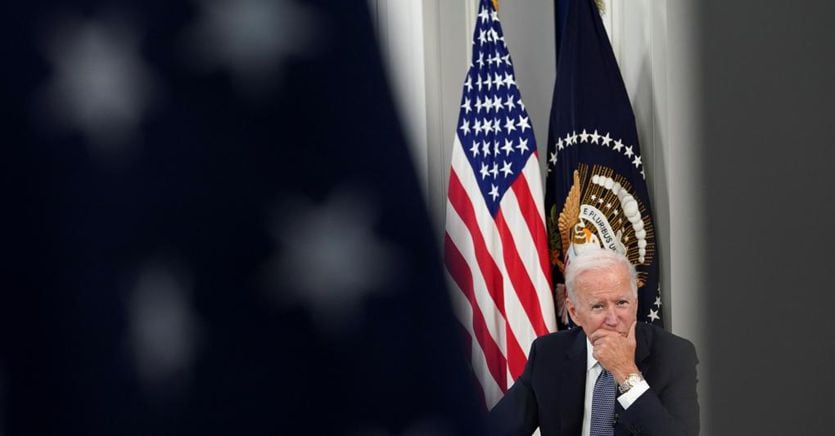The error of Mission over security
The dispatch identifies first of all a problem, self-inflicted, for the CIA: what it defines as “mission over security”, privileging the conquest of new agents over potential risks. A hurry born of shortcomings which the CIA has suffered for some time in “human” intelligence activities, the result of a prolonged emphasis on secret and paramilitary operations, of anti-terrorism actions, while neglecting the more traditional arts of 007 in infiltrating centers of power and government of other countries. Infiltrating terror groups is indeed very different, experts warn, from creating reliable sources and networks of informants in the hearts of enemy powers. Techniques are needed to carefully develop, train, manage and direct such informants to be effective in the apparatus of foreign governments.
Promoted by the number of recruits
An internal culture of incentives to address human intelligence deficiencies has proven perverse and counterproductive, fueling carelessness and carelessness. CIA officials, known as case officers, receive promotions and advance careers based on quantitative rather than qualitative targets. It is a system that has now come under fire for having created, according to critics, a system of real intelligence “touts”: success depends on how many agents are recruited. While counter-espionage activities that reveal any weaknesses and try to prevent the loss of informants or double-dealing operations are minimized.
The case of Khost
A striking case of tragic consequences in the excessive rush to recruit agents dates back to 2009 in Afghanistan. In 2009, a bomb exploded at a CIA outpost in Khost, killing seven agents. It was a suicide attack by a Jordanian doctor whom the agency thought it had recruited to penetrate Al Qaeda and who had been, unbeknownst to it, converted to anti-American extremism.
Tougher enemies
Such internal failures have added to significant strides by rival intelligence services, CIA leaders say. The covcom story attests to this, but it is not an isolated development. The use of biometric and facial recognition technologies, such as artificial intelligence, have allowed adversaries to follow the movements of US intelligence officials with increasing care, making meetings and contacts with local sources difficult or very dangerous. All of this was compounded by the CIA’s tendency to underestimate the abilities of 007 enemies.
A long history of dramas
The worries of the CIA are, in truth, of long standing. The Central Intelligence Agency was created only in 1947 in response to a first, dramatic crisis: the idea was to put in order an inadequate espionage activity to avoid the repetition of Pearl Harbor, an attack that had taken Washington by surprise. Since then, however, it has not been left out of a litany of failures and reform efforts. Lists of spectacular falls have appeared on the pages of prestigious magazines such as Foreign Policy. It has not been able to anticipate with adequate accuracy the recent collapse of the American-backed government in Afghanistan. He missed the Arab Spring and Kim Jong Il’s death in North Korea. Going backwards: the collapse of the Soviet Union, the disaster of the Bay of Pigs in Cuba and the unexpected Tet offensive of the Vietcong in Vietnam were not on his radar. It completely missed the Iranian revolution of 1979 as in the same year the Soviet invasion of Afghanistan.
